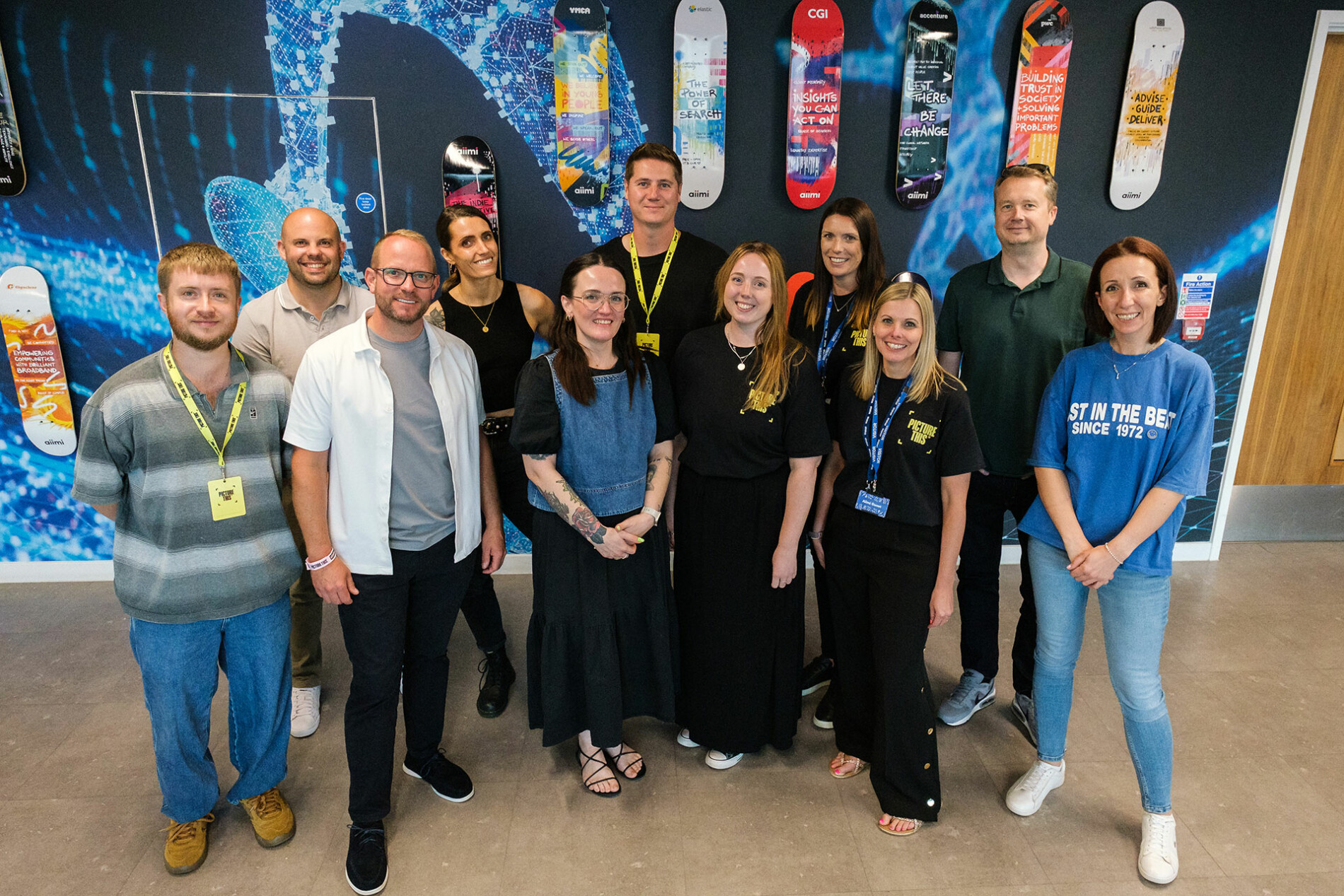Whether you operate in the B2B or B2C sector, target audience research should underpin every decision and investment you make.
Behind every buying decision is a human being. Understanding your audience’s personal preferences and challenges allows you to tailor your pitch to address their unique needs.
Your content, your branding, your campaigns – they should all work to influence and encourage behaviour from your audiences.
So if you’re ready to elevate your marketing game in 2024, let us take you through a detailed look at the world of audience research.
Here, we’ve created a 7-step actionable guide to help marketers plan and implement an effective target audience research strategy.
Step 1: Know your business
Of course you know your business. But before you embark on any research, get clear and comfortable on your brand: your mission, values, and unique selling proposition.
What outcomes do you provide for your customers, rather than just services/products?
Understanding who you are as a business will enable you to set the stage for your target audience. It comes down to really understanding the fundamentals of your offering and your brand personality to ensure consistency and alignment with the right people.

Step 2: Who are you targeting?
You will be able to identify your audience quickly by assessing your leads and current clients.
Take a look at the demographics, psychographics and behaviour patterns, It may also pay to think about who your IDEAL customer is, as opposed to your current customer. Think about the ins and outs of their daily life, preferences, and social status – the more you know, the better you understand, and you can target them.
Step 3: Research your competitors (and their audiences)
Keep a close eye on what your competitors are up to: their websites, their social media platforms, and their email campaigns. Sign up for their email list and download their content (if appropriate). Practise social listening to see what your customers are talking about on their platforms. Learning from your competitors’ victories and defeats provides valuable insights into a shared audience and which gaps you can fill.
Step 4: Personas
Build detailed customer personas that go beyond the surface. Avoid sticking to basic demographic information, and give them fictitious names, faces, and personalities. Think about their daily routine, who they report to, and what pushback they might have to handle during the sales cycle. Personas add a human touch to any data and will guide you in creating messages that resonate and convert.
Step 5: Social media as a tool
Your audience is already there, sharing their preferences and grievances; asking questions and maybe even sharing complaints. Listen, engage, and analyse. Social media is a goldmine of real-time data that can help you understand trends and sentiments. Plus, what your audience doesn’t want to hear!
Step 6: If you don’t ask, you don’t get
Speak to your audience directly by sharing surveys, polls and feedback forms to gather qualitative and quantitative data. Understand your audience’s pain points, desires and expectations. A well-crafted survey could be the guiding compass through your next marketing strategy.

Step 7: Numbers don’t lie
Dive into the analytics of your website, emails, and social media. What content is getting the most love? Where are your visitors dropping off? Always make data-led decisions. Analytics unveils the breadcrumbs that lead you to a better understanding of what works and what doesn’t.
By investing in target audience research, you’re not simply throwing a marketing budget into the abyss. You’re investing where it matters, optimising your resources, and maximising your ROI.
The results will speak for themselves:
- Optimised resources
- Better return on investment
- Precision targeting
- Better customer relationships
- Personalised messaging
Whether you are marketing to B2B or B2C businesses, every decision-maker is a human. It would be irresponsible to forgo the importance of audience research.
Plus, people are tired of generic content.
Nowadays it’s easier to connect with content that feels like it was written just for us. Consumers love personalisation and tailored messaging, but you have to know who is at the receiving end of your comms. Have you ever felt more connected to a brand because of their marketing?
Need help with audience research? It’s what we do – feel free to get in touch with a member of our team today.











